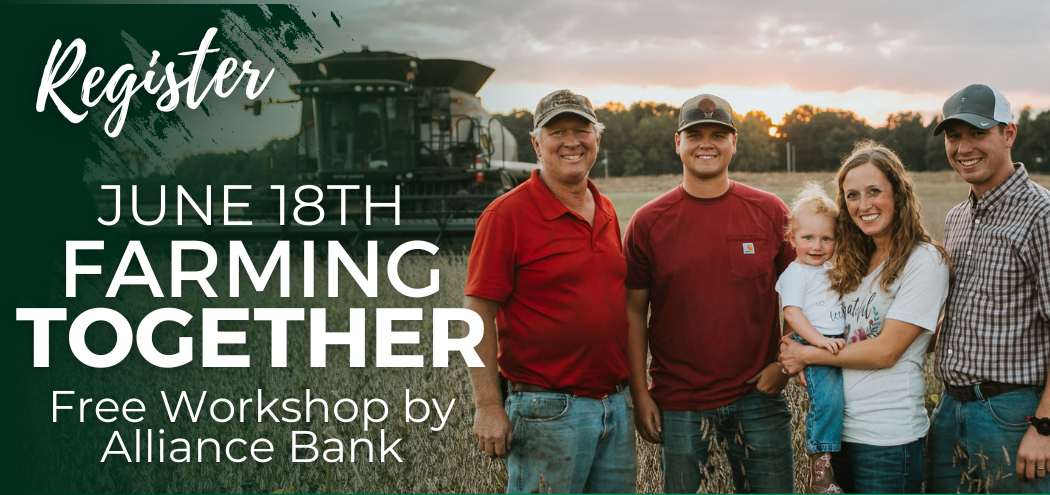"Don't let a foodborne illness be the Grinch that ruins your holiday season," said Dr. Elisabeth Hagen, USDA Under Secretary for Food Safety. "We're here to prepare consumers—hosts and revelers alike—with the information they need to prevent foodborne illness as they create memories that last a lifetime."
Celebrating safely
Any perishable foods that are not served with a hot source (such as chafing dishes or slow cookers) or cold source (by resting serving dishes in bowls of ice) should be discarded after two hours at room temperature. The danger zone of 40°F to 140°F allows bacteria to multiply.
For food safety, it's important that hot food on a buffet remain at 140 °F or above. So check the contents with a food thermometer to make sure.
Whether on a kitchen countertop or carried to a workplace gathering, slow cookers provide a great food-safe option to prepare meat and poultry during the holidays. Direct heat from the pot, lengthy cooking and steam created within the tightly-covered container combine to destroy bacteria and make the slow cooker a safe cooking process.
Slow cookers are not safe for reheating leftovers. Cooked food should be reheated on a stove, in a microwave, or in a conventional oven until reaching 165 °F. Then the hot food can be placed in a preheated slow cooker to keep it hot (at least 140 °F) for serving.
For more specific information about safely using slow cookers, go to: www.fsis.usda.gov/Fact_Sheets/
Focus_On_Slow_Cooker_Safety/index.asp.
Preparing the bird & stuffing
All cooks want to ensure that their turkey (or chicken, goose, or other poultry) is cooked safely and remembered for the right reasons—not because someone developed a foodborne illness. Those buying a frozen turkey should make the purchase a few days in advance to allow time for thawing. If buying a fresh turkey, don't buy it too soon. Fresh, unfrozen poultry should be kept in the refrigerator no more than two days before cooking.
The optimal place to thaw poultry is the refrigerator. Using the cold water method, turkeys can be thawed in a container submerged in enough cold water to cover the bird. Change the water every 30 minutes. Calculate 30 minutes per pound of poultry for thawing time.
To cook safely, place a raw stuffed or unstuffed bird, in a preheated oven set to 325 °F or higher. The turkey must reach a safe minimum internal temperature of 165 °F, as measured with a food thermometer in the innermost part of the thigh, the wing, the thickest part of the breast, including any that remains pink.
Baking stuffing outside the turkey in a casserole dish is the safest method and provides busy cooks with more flexibility. If you don't plan to stuff your turkey, it is safe to prepare and immediately freeze or bake the mixture. Never stuff poultry with frozen or pre-cooked stuffing!
Cut leftover poultry into small pieces. Place stuffing and poultry in separate, shallow containers and refrigerate (40 °F or below) or freeze (0 °F or below) within two hours after cooking. Use refrigerated leftovers within three to four days, or freeze them. Reheat leftovers to a safe minimum internal temperature of 165 °F or until hot and steaming.
For facts sheets about cooking turkey, other holiday meats such as pheasant, capon, duck, or goose, as well as stuffing, visit www.fsis.usda.gov/Fact_Sheets/Seasonal_Food_Safety_Fact_Sheets/index.asp.
Consumers can call the year-round meat and poultry hotline Monday through Friday from 10 a.m. to 4 p.m. EST (English or Spanish) at 1-888-MPHotline or 1-888-674-6854. Listen to timely recorded food safety messages at the same number 24 hours a day. Check out the FSIS website at www.fsis.usda.gov. E-mail questions can be answered by This email address is being protected from spambots. You need JavaScript enabled to view it..







